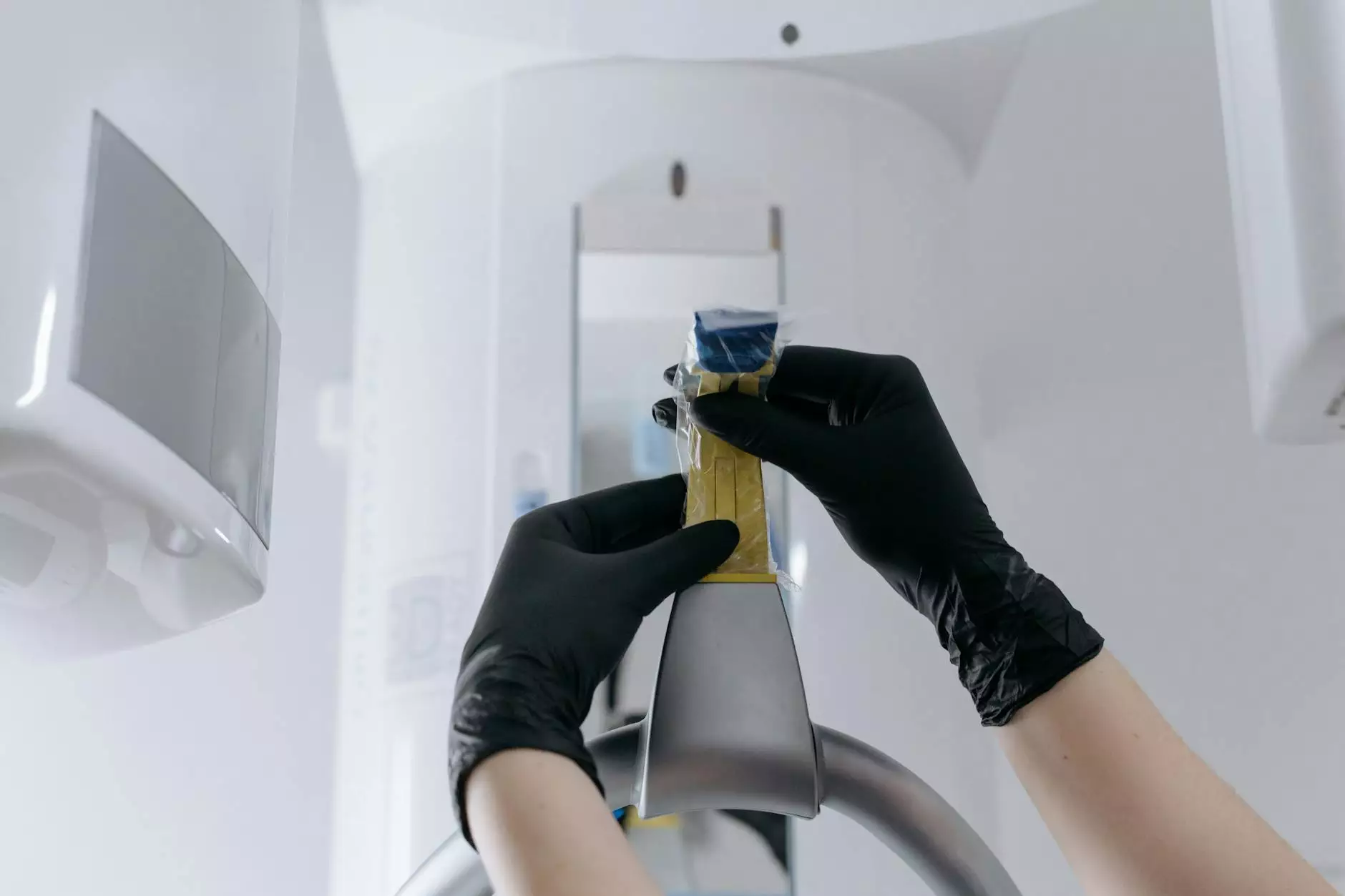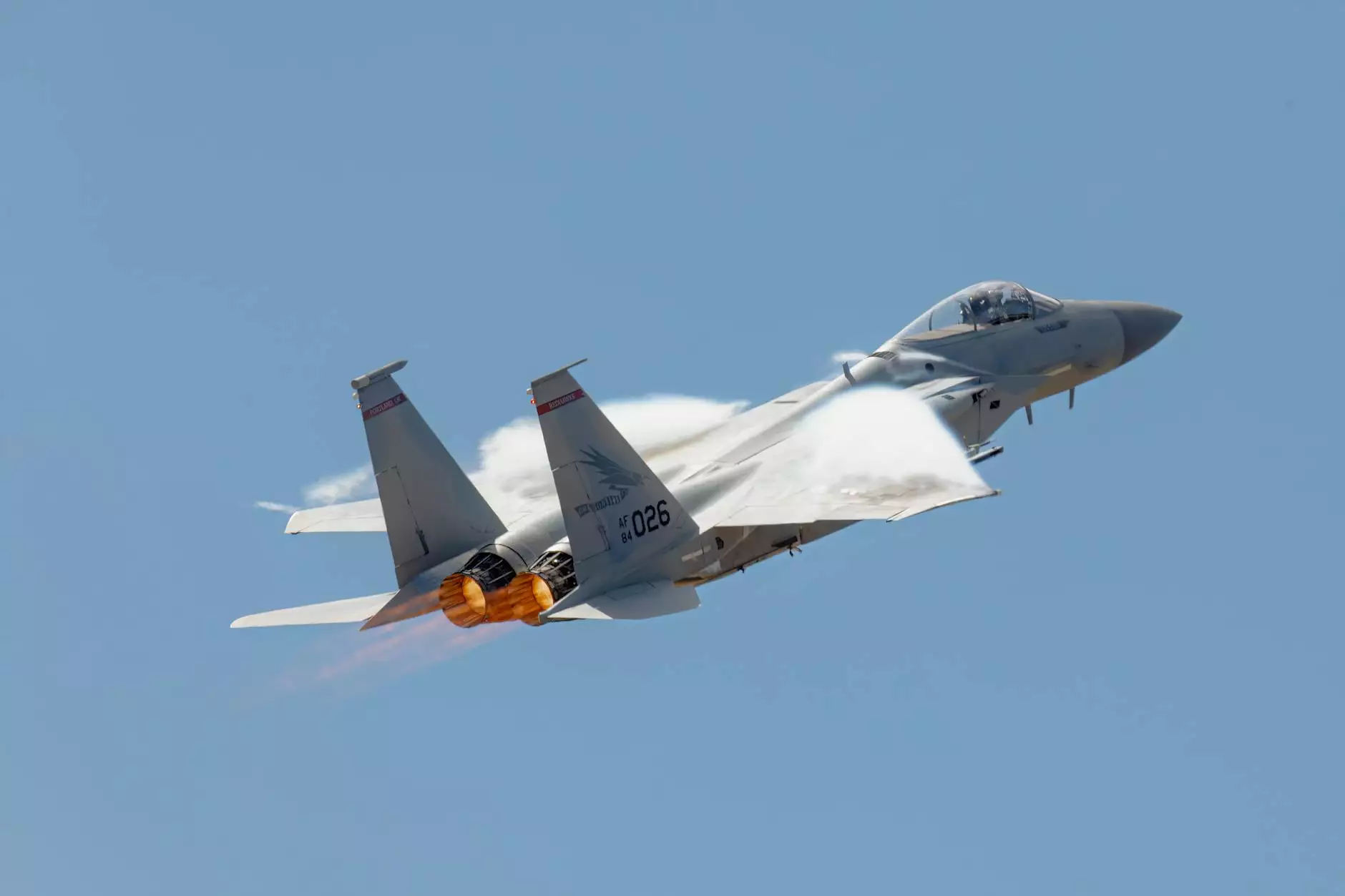Understanding the Role of a Thoracic Surgeon in Health & Medical Care

What is a Thoracic Surgeon?
A thoracic surgeon is a medical professional specializing in surgical procedures involving the chest area, which includes the lungs, heart, esophagus, trachea, and major blood vessels. The training for these specialists is rigorous and extensive, typically requiring at least 13 years of post-secondary education, including medical school and specialized residency training.
Educational Pathway to Becoming a Thoracic Surgeon
To qualify as a thoracic surgeon, an individual must complete the following educational steps:
- Undergraduate Degree: A bachelor’s degree in a relevant field such as biology or chemistry.
- Medical School: Attending a recognized medical school to earn a Doctor of Medicine (MD) or Doctor of Osteopathic Medicine (DO).
- General Surgery Residency: Completing a general surgery residency program lasting around five years.
- Thoracic Surgery Fellowship: Engaging in an additional two to three years of specialized training in thoracic surgical procedures.
This comprehensive training equips thoracic surgeons with the knowledge to handle complex surgeries and innovative treatment techniques.
Common Conditions Treated by a Thoracic Surgeon
Thoracic surgeons are integral in treating a variety of conditions that affect the thoracic cavity. Some of the most common conditions include:
- Lung Cancer: Early and advanced-stage lung cancers require extensive surgical intervention, often involving lobectomies or pneumonectomies.
- Esophageal Cancer: Surgical resection of the esophagus may be necessary depending on the stage of cancer.
- Heart Diseases: While cardiologists typically treat heart issues, thoracic surgeons perform necessary surgical procedures such as coronary artery bypass grafting (CABG).
- Trauma: Emergency surgeries for chest injuries due to trauma such as stab wounds or car accidents are often handled by these specialists.
- Chronic Conditions: Conditions like chronic obstructive pulmonary disease (COPD) can sometimes require surgical interventions.
Surgical Procedures Performed by Thoracic Surgeons
The scope of surgeries performed by a thoracic surgeon is vast and varied. Some key procedures include:
- Lobectomy: Surgical removal of a lobe from the lung, commonly performed for lung cancer.
- Pneumonectomy: This involves the removal of an entire lung, typically performed in severe cases of lung disease.
- Thoracotomy: A surgical incision into the chest wall to access the thoracic cavity.
- Video-Assisted Thoracoscopic Surgery (VATS): A minimally invasive surgery that uses a camera to guide the surgical instruments.
- Esophagectomy: This surgery involves the removal of part or all of the esophagus, often to treat cancer.
- Heart Surgery: Including valve replacements and repair, and other procedures to correct congenital heart defects.
The Importance of Patient Care and Communication
Beyond just performing complex surgical procedures, a thoracic surgeon plays a crucial role in patient education and care. Effective communication regarding the risks, benefits, and expectations of surgery is vital for fostering trust and understanding between the surgeon and the patient.
Pre-operative assessments are crucial, where the surgeon evaluates the patient's overall health, medical history, and specific surgical needs.
Post-operative care is equally important, and includes:
- Managing pain and discomfort.
- Monitoring for potential complications.
- Guidance on recovery processes and rehabilitation, including physical therapy.
The Intersection of Thoracic Surgery and Physical Therapy
Following thoracic surgery, patients often require additional support to regain strength and function. This is where physical therapy comes into play. A physical therapist works with the patient to design a tailored rehabilitation plan that may include:
- Breathing exercises: Essential for recovering lung function post-surgery.
- Strength training: Gradually reintroducing physical activity to strengthen the body.
- Mobility training: Focused on helping patients regain their ability to move freely.
- Cardiovascular exercise: To enhance heart health after thoracic interventions.
Successful recovery is often a collaborative effort between the patient, the thoracic surgeon, and the physical therapy team at facilities like Hello Physio.
Innovations in Thoracic Surgery
The field of thoracic surgery is continuously evolving, with ongoing research and technological advancements shaping future practices. Some innovative trends include:
- Robotic-Assisted Surgery: This technique enhances precision and reduces recovery times by minimizing incisions and trauma to surrounding tissues.
- Enhanced Recovery After Surgery (ERAS): Protocols that focus on comprehensive patient care before and after surgery to optimize recovery outcomes.
- Telemedicine: Increasingly utilized for pre-operative consultations and post-operative follow-ups, making healthcare more accessible to patients.
Conclusion: The Essential Role of Thoracic Surgeons in Patient Care
In conclusion, a thoracic surgeon plays an indispensable role in managing various life-threatening conditions of the chest. Their extensive training, combined with a commitment to patient-centered care, makes them pivotal in health and medical care. Through advancements in technology and collaboration with other healthcare professionals, thoracic surgeons ensure that patients receive the most effective and compassionate care possible.
If you or someone you know may need the expertise of a thoracic surgeon, it's vital to seek consultations and evaluations from qualified professionals. Understanding the role and capabilities of thoracic surgeons can empower patients to make informed decisions about their health.









